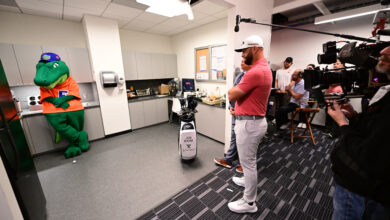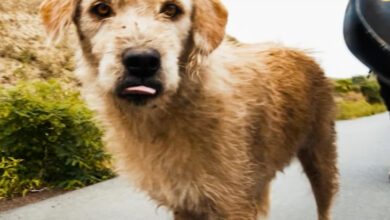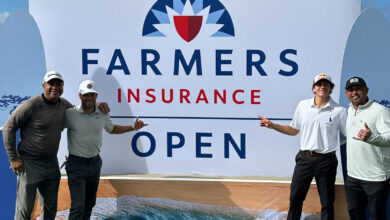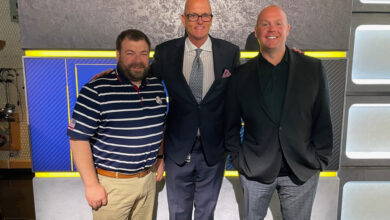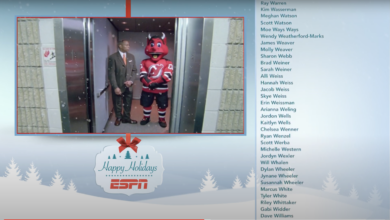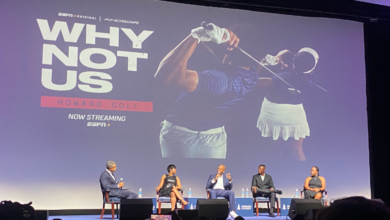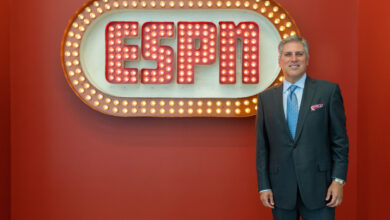Original “My Wish” producers still get emotional watching the stories
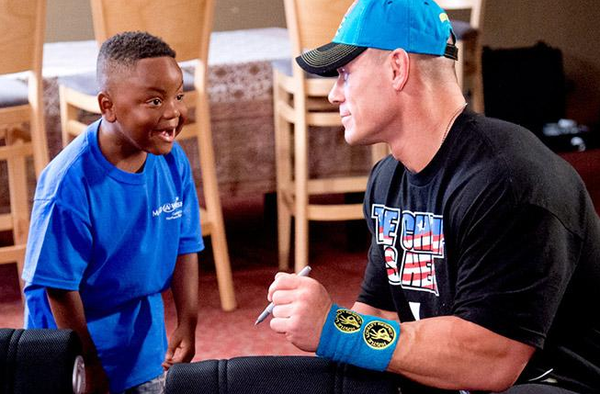
One of the neat things about the “My Wish” series is what is called the “reveal,” when the wish recipient is informed of his or her wish being granted. Stephanie Druley and Craig Lazarus explains the importance of executing that properly.
CL: The reveal is my favorite part. The producers have to come up with a plausible explanation as to why we are there with cameras. The family clearly knows, but often not the wish child. Those reactions when the person finds out his or her wish is being granted are so natural, so spontaneous and so filled with joy, it gives me chills just talking about it. I’ve been impressed over the years as our producers have met the challenge to continue to come up with clever and different ways to produce the reveal.
SD: We knew from the beginning that the reveal had to be a moment. So we did a lot of brainstorming about how to surprise the kids. My favorite that first year was when [NBA star] Kobe Bryant showed up at a Dave and Busters and surprised the child. My favorite all-time reveal was for a [NASCAR star] Jimmie Johnson wish. The child was a 16-year-old girl who was just learning to drive. Jose Morales was the producer. He set it up so that the police pulled her over and instead of a ticket she was given a letter from Johnson. The look on her face when she thought she was being pulled over was priceless.
Sunday marked the 2015 start of SportsCenter’s annual “My Wish” series. In its 10th year, the series has consistently delivered some of the most heartfelt and memorable storytelling created by ESPN’s Features Unit.
By the end of this week, 55 wishes will have been fulfilled through the series. Here, two of the original producers – current Senior Vice President, Production College Networks Stephanie Druley and current Vice President of SportsCenter & News, Storytelling Units, Craig Lazarus – fondly recall the humble beginnings of what is now an annual staple of SportsCenter and has expanded to ESPN Deportes as well (“Mi Deseo”).
What do you recall about the first year or two of the series?
SD: The first year we granted 10 wishes which was a huge undertaking. Finding the right stories and the athletes to participate was challenging. The athletes didn’t know what the end product would look like so we didn’t have a selling point. They had to trust the ESPN and SportsCenter brand.
CL: For the wishes we help produce, we ask a lot of the teams and athletes. In the first year or two – and even today – that was one of our biggest challenges. Athletes grant a lot of wishes, but they are mostly meet-and-greets and a few photos. We wanted ours to be interactive and it required several hours, or more, of the athletes’ time.
When did you realize this was going to be a series that had staying power?
SD: The reaction from fans that first season was great. We had people reaching out to us to help the kids.
CL: From the beginning, it seemed to strike a chord internally and with viewers. It helped sick kids and it showed athletes doing something nice. Win-win.
SD: We had a boy who loved [former Colorado Rockies star] Todd Helton whose wish we granted. People sent us Helton baseball cards to pass on to the boy. We also had kids get additional medical help because someone has seen them on SportsCenter. The entire experience was the first time in my career that I felt that we were really making a difference. That’s why the series is so rewarding not just for fans but for people that work on it.
Even though you are no longer involved day to day with the wishes, what type of feelings do you get when watching the features?
SD: At some point, I’m losing it emotionally. I remember hearing from people in the office the day after one would run saying, “I lost it when. . . ” In the beginning, that wasn’t a goal but it became a result of telling the story the right way.
CL: I still tear up. I’ve done that for almost all of them. Part of that is the story itself and the reaction on the faces of the kids to meeting and interacting with the athletes. Part of that is the skill of the Features Unit producers and “My Wish” host Chris Connelly and the way they tell the story.
SD: Chris’ contributions to the series has been remarkable. His ability to sit with kids of all ages and talk to them about their illness is amazing. It is not an easy thing to sit as an interviewer and have an eight-year-old cry in front of you. Chris has handled the relationships with families with great care. The series would not be as successful without him.
